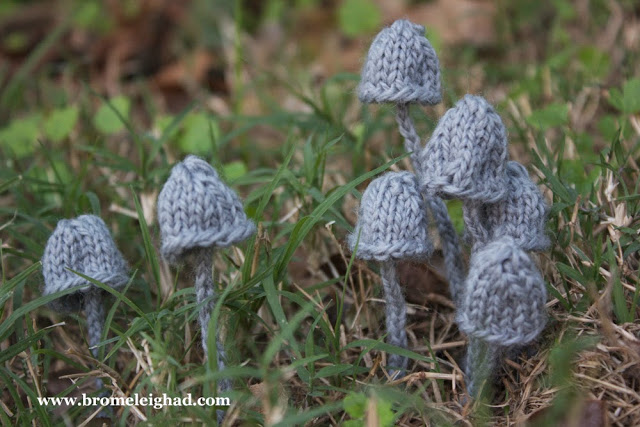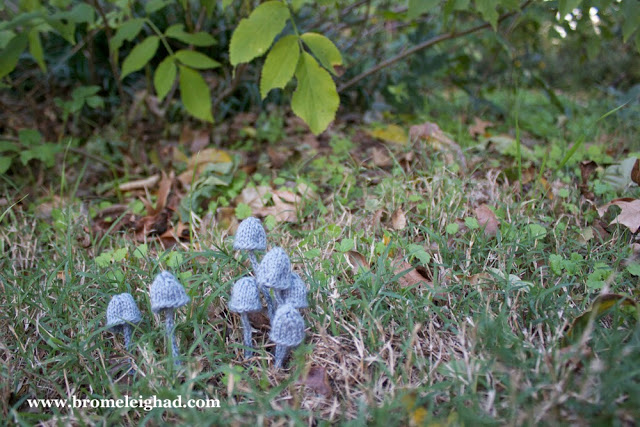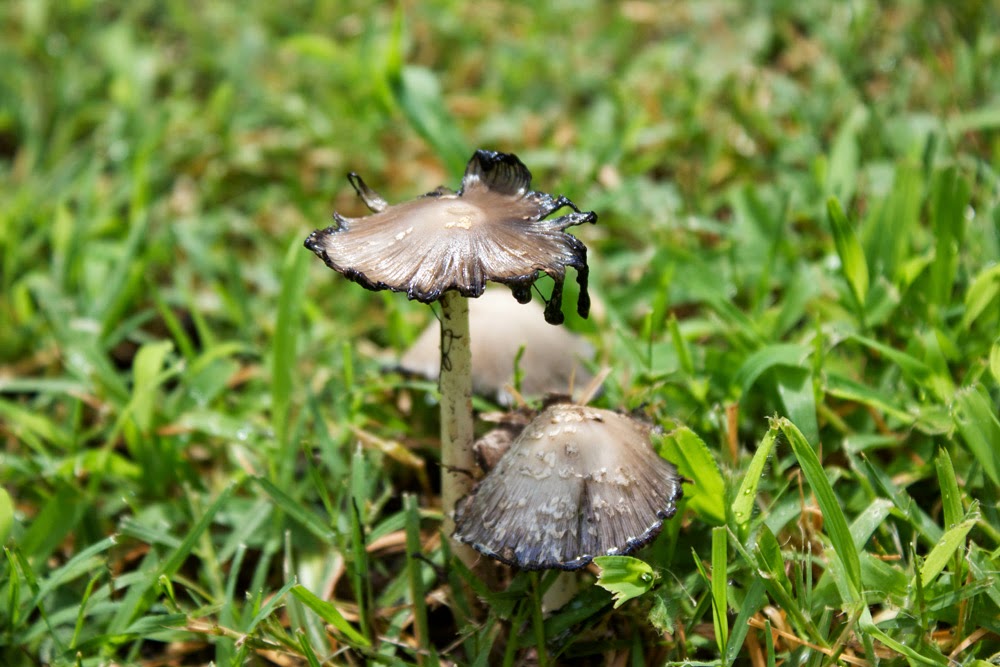I'm not sure why it has taken me so long to post anything about this here, since this is a new endeavor that I am very excited about… but if you follow me on
Instagram you've probably seen the many honeybee photos and videos. I am now keeping bees! The video above shows the entrance of the hive within a couple of weeks of receiving them, and the photos below depict the installation process. My apiary consists of a Langstroth hive, with Italian bees that arrived by package.
Beekeeping has interested me for a number of years, since I worked a plot in El Jardin Allegre, a community garden in Austin, TX. That was really the beginning of my gardening experience, and I cannot recommend enough to get involved with a community garden--- it was probably one of the most valuable things I did while living in Austin. Over in the corner near the compost station were a few honeybee colonies, and at that time the beekeeping coordinator position was vacant. I spent a lot of time in my post of managing the compost and was always going past the hives, surprised at how little the cared about my presence and thrilled at sightings of pollinators visiting my plot.
Fast forward a couple of years, when I first learned of
Colony Collapse Disorder. Since the beginning of my gardening days I've felt very strongly about chemical free growing, and found CCD frightful upon first hearing about it. Aside from the effects of harmful substances making their way into colonies and emergence of difficult to control pests and diseases, the number of managed honeybee colonies in the United States has dropped drastically since the 1950's. With the size of our lot, our interest in gardening and native plants, and a continued concern for the impacts of human actions on the environment it seemed natural to add an apiary to the family.
I knew it would be a fascinating experience, but I had no idea how much I would love this new endeavor. Coming home to go watch the bees and inspect the garden are the highlights of my day! I still feel very intimidated when inspecting the hive, but have learned so much through books, Facebook groups, web sites and gaining experience through attentive beekeeping practices. I hope to share more of this journey with you over time - this is just the beginning.
A study just came out confirming that plants treated with neonicotinoids to ward off pest problems are a major factor in CCD. These plants are sold in many of the big box garden centers, including Lowes, Home Depot and Walmart. Check out more about this study here.
Removing the can of sugar syrup from the opened package
Placing the package inside the hive. After a few days I opened it back up and removed the emptied package to lean against the outside of the hive. Any bees left exited and went in the hive entrance.





























































